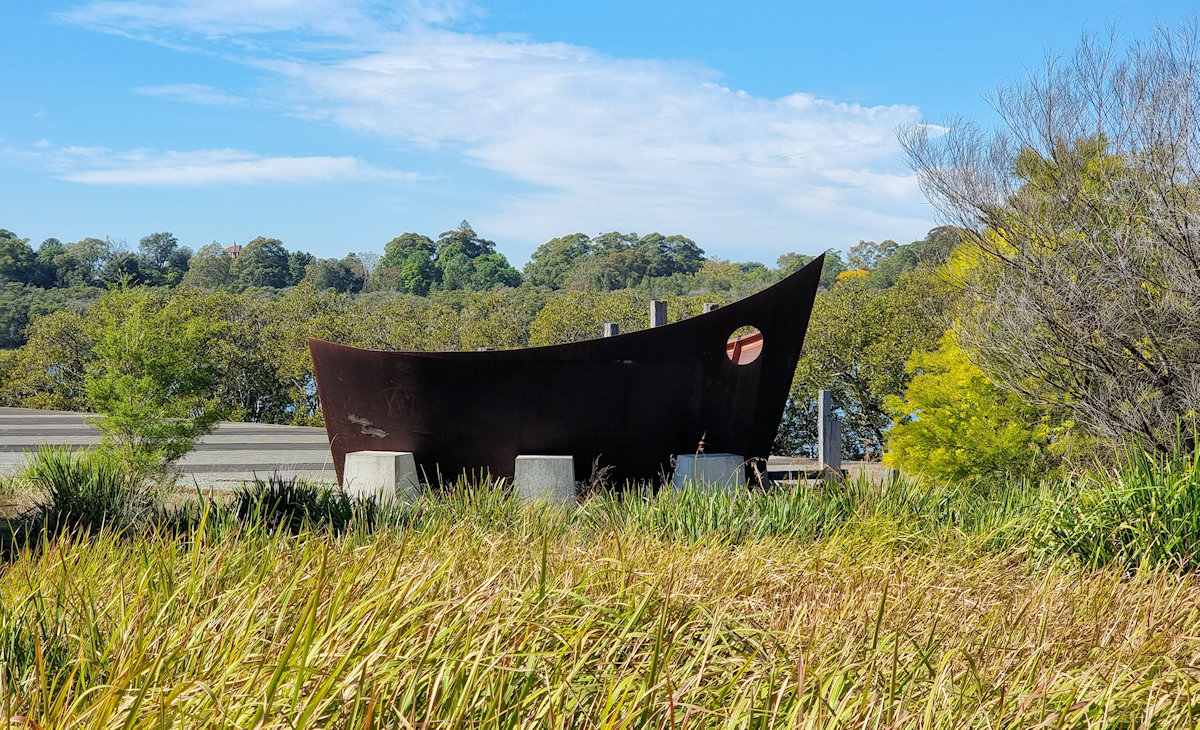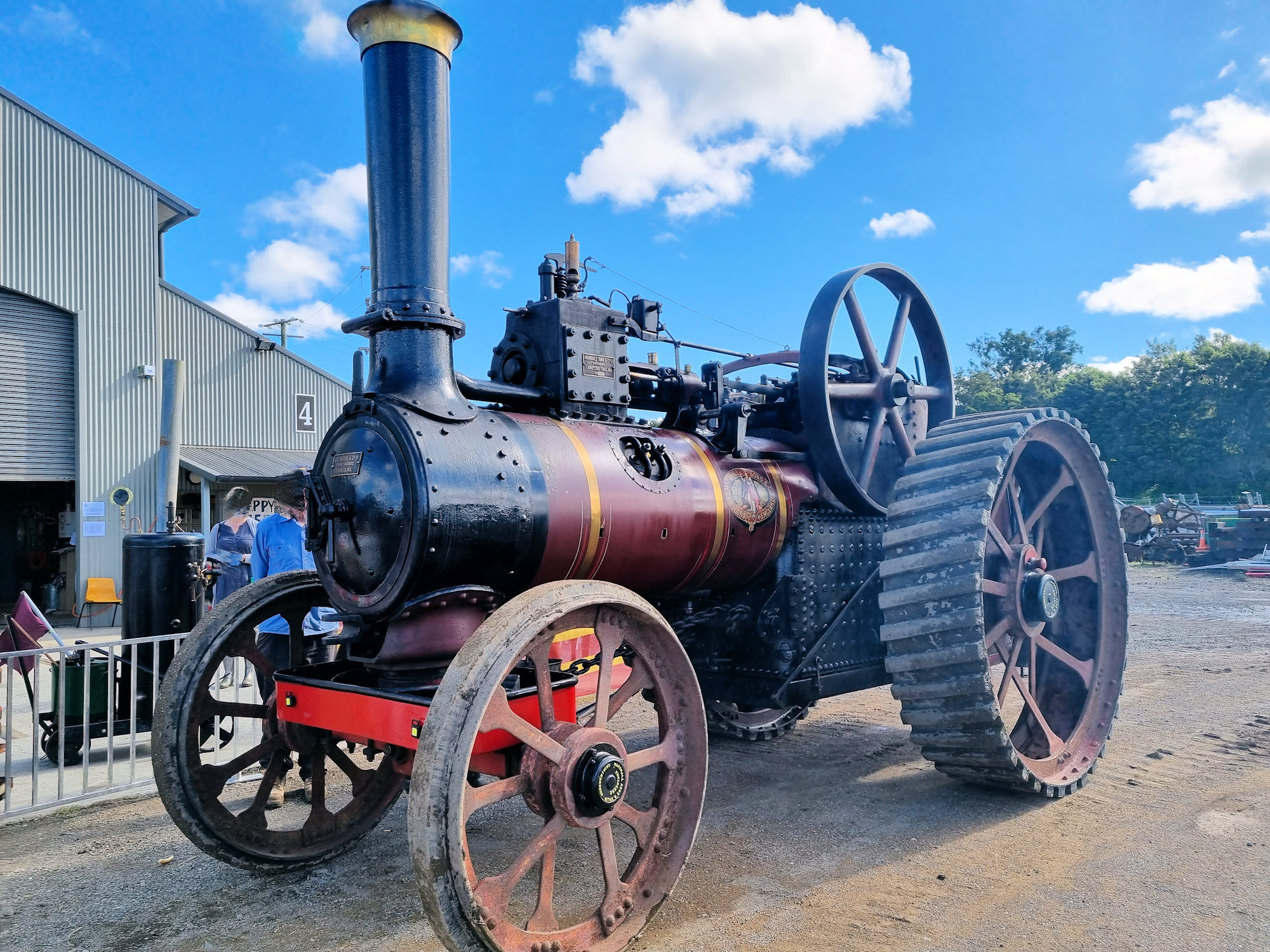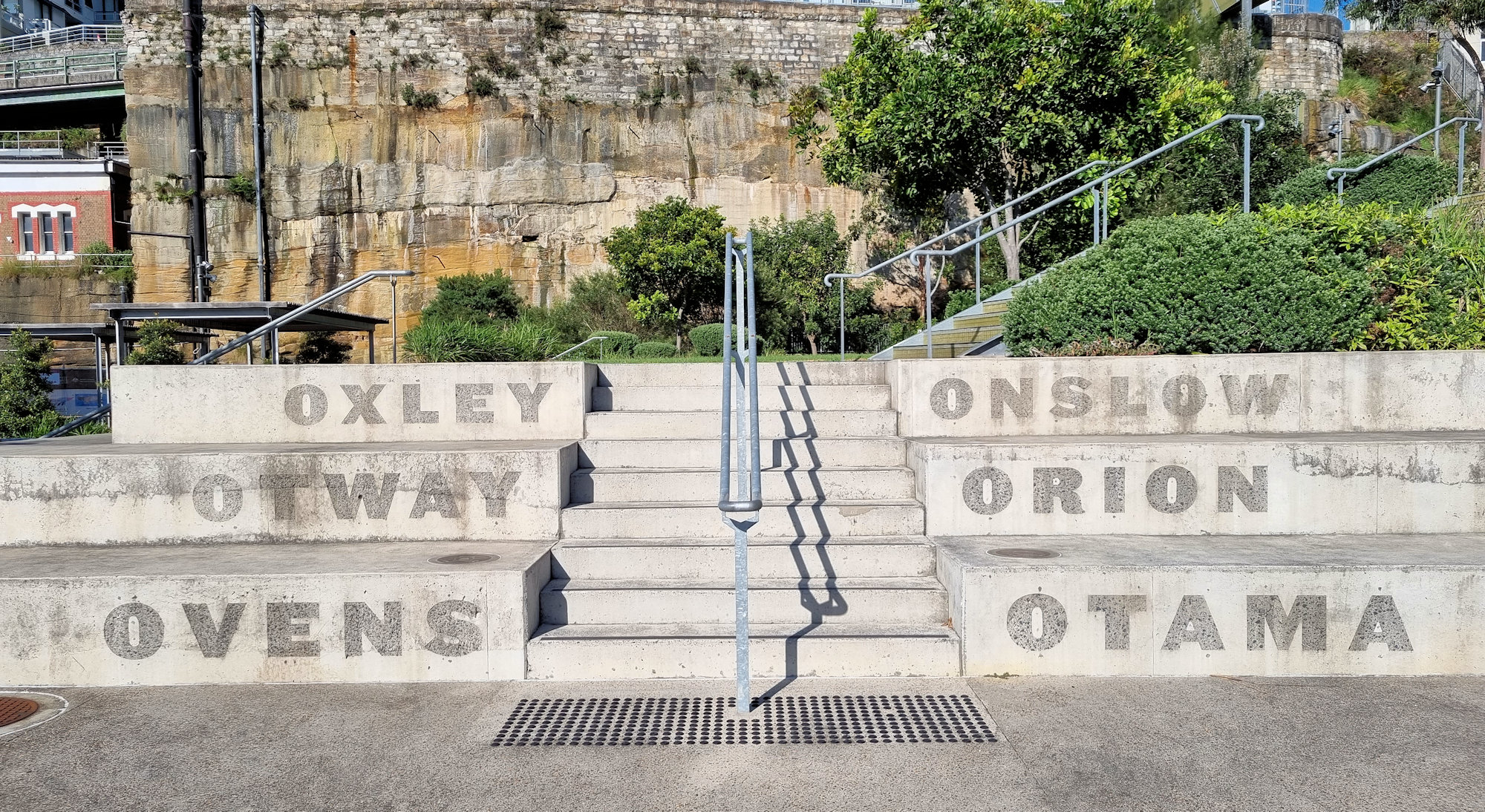Category: Vehicles
-
Brays Bay Ship-Building Memorial

Brays Bay Ship-Building Memorial Located adjacent to the Kokoda Track Memorial Pathway, the Brays Bay Ship-Building Memorial is a tribute to the ship building that operated here from 1939 to 1945. Representing a ship a sculpture sits next to the entrance walkway which has ships’ names etched into it. Operated by Tulloch, the shipyard built… Read more
-
Maitland Steamfest 2023

Maitland Steamfest 2023 This took place on 29 and 30 April 2023 in Maitland, New South Wales. Maitland Steamfest 2023 was a festival of steam and industrial heritage. The festival celebrates Maitland’s rich steam and industrial history, which dates back to the 19th century when the city was a major coal mining and railway centre.… Read more
-
Sub Base Platypus Sydney

Sub Base Platypus Sydney Sub Base Platypus is a unique site located in Neutral Bay, Sydney, Australia. The site has a rich history dating back to the early 1900s when it was originally used as a gasworks site. In the early 1960s, the site was acquired by the Royal Australian Navy (RAN) and used as… Read more